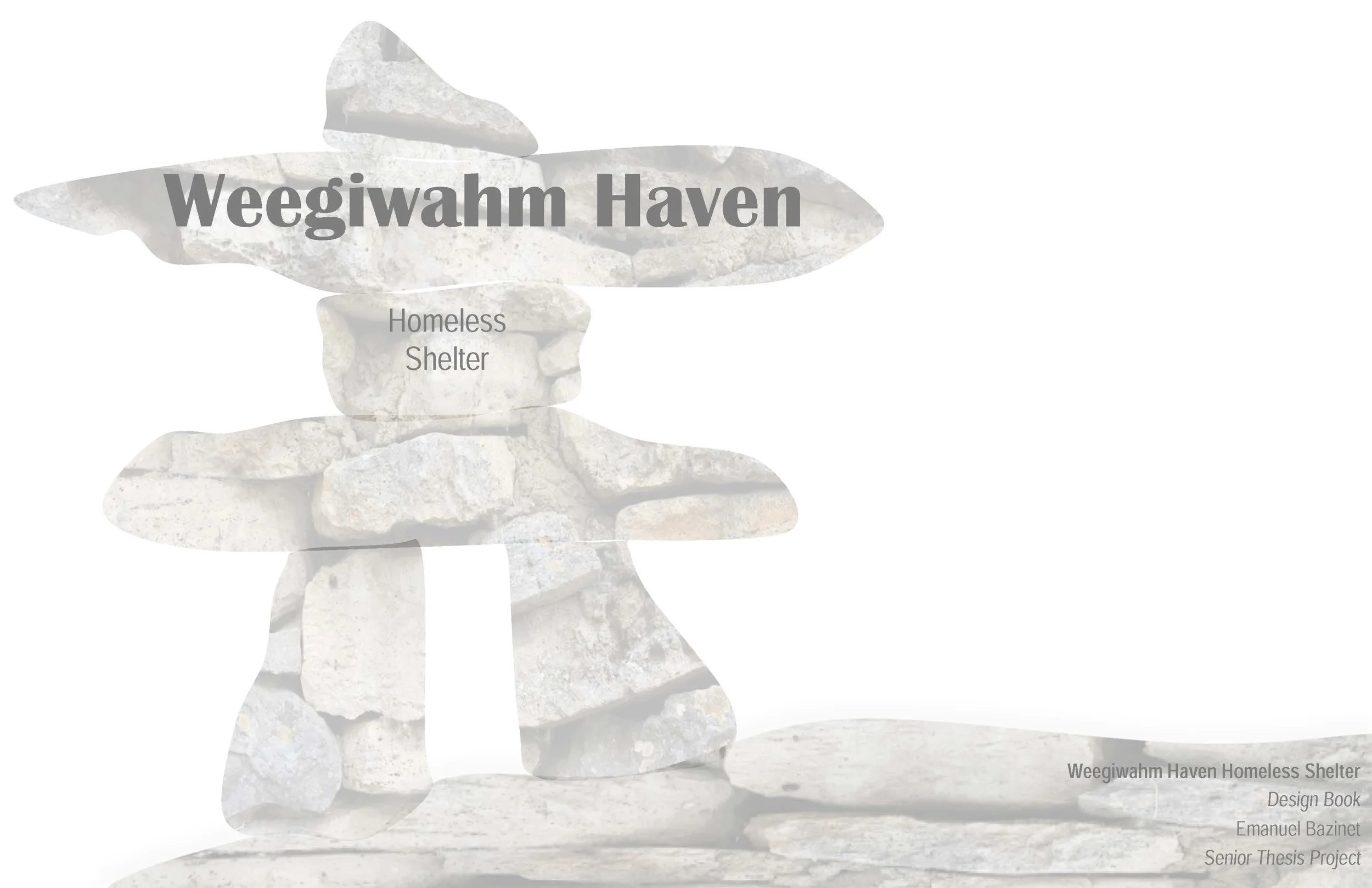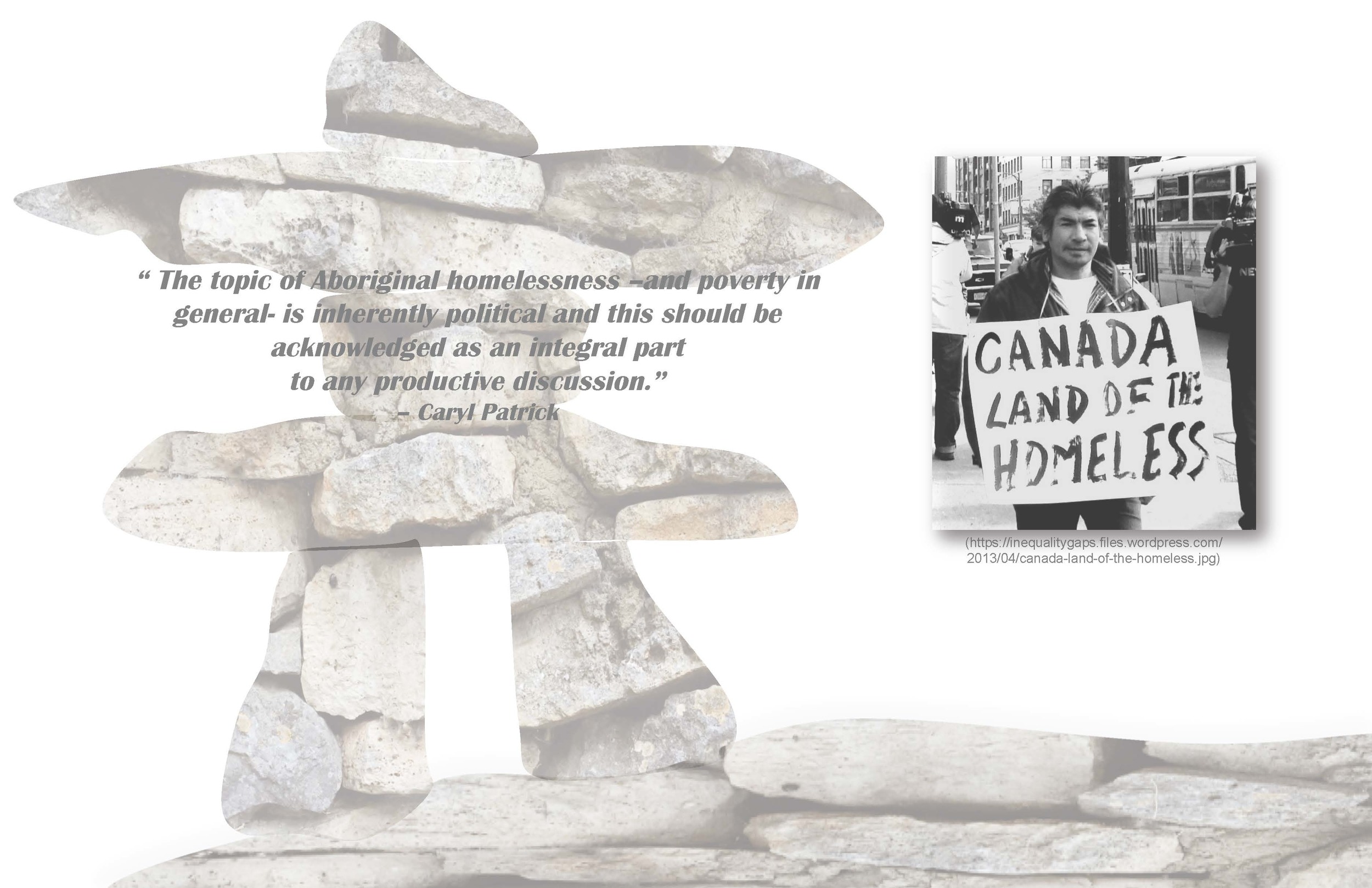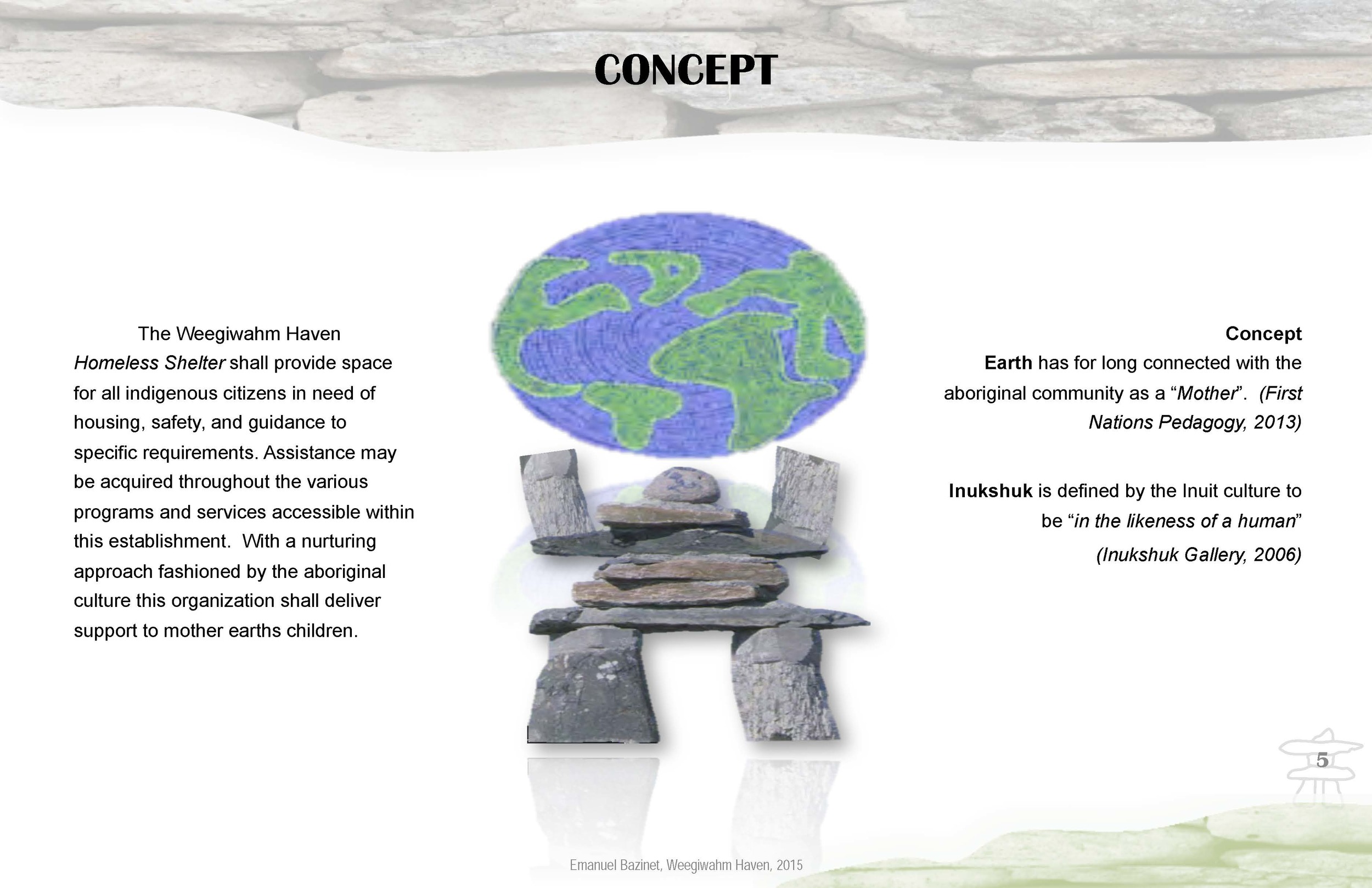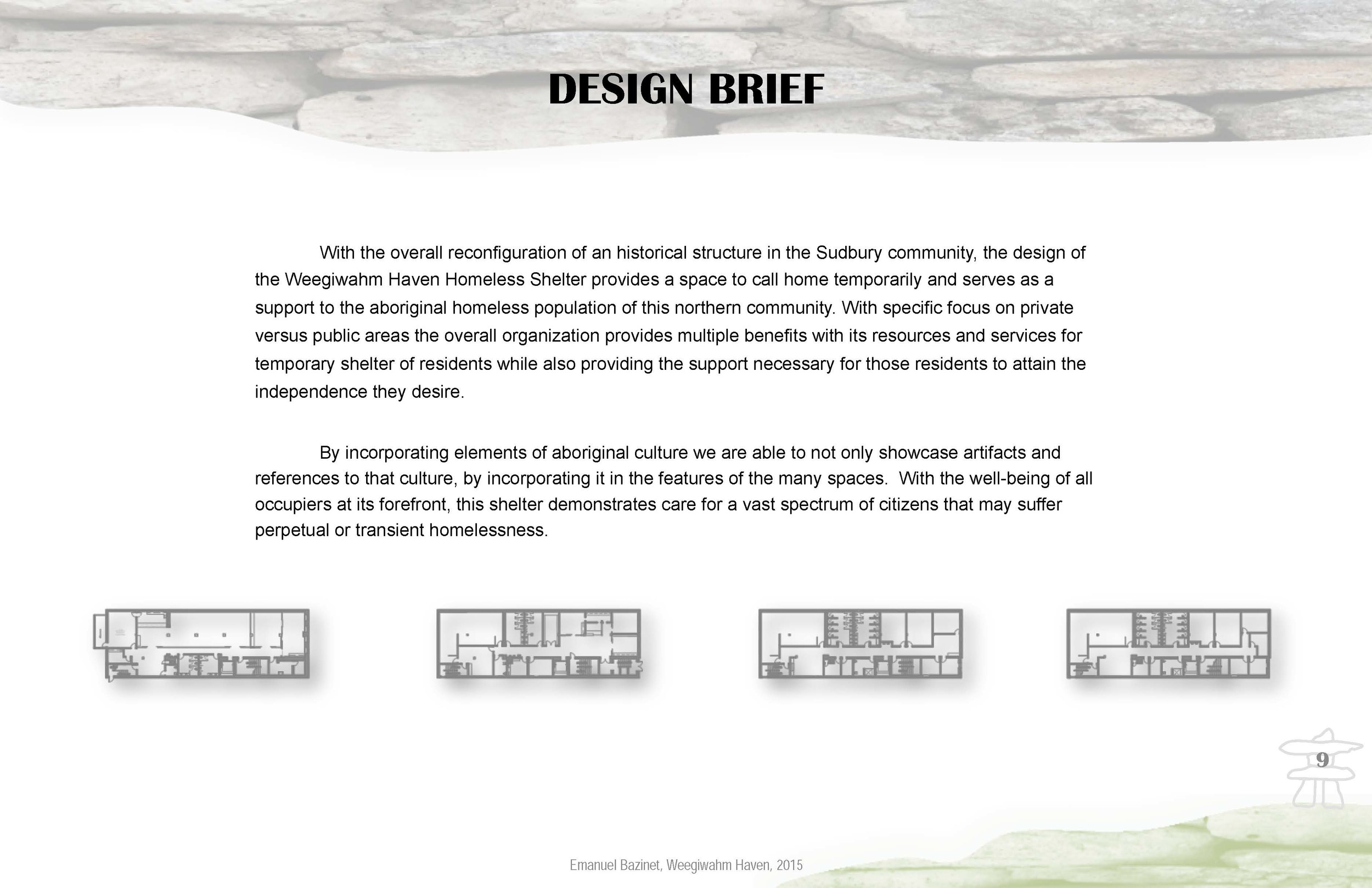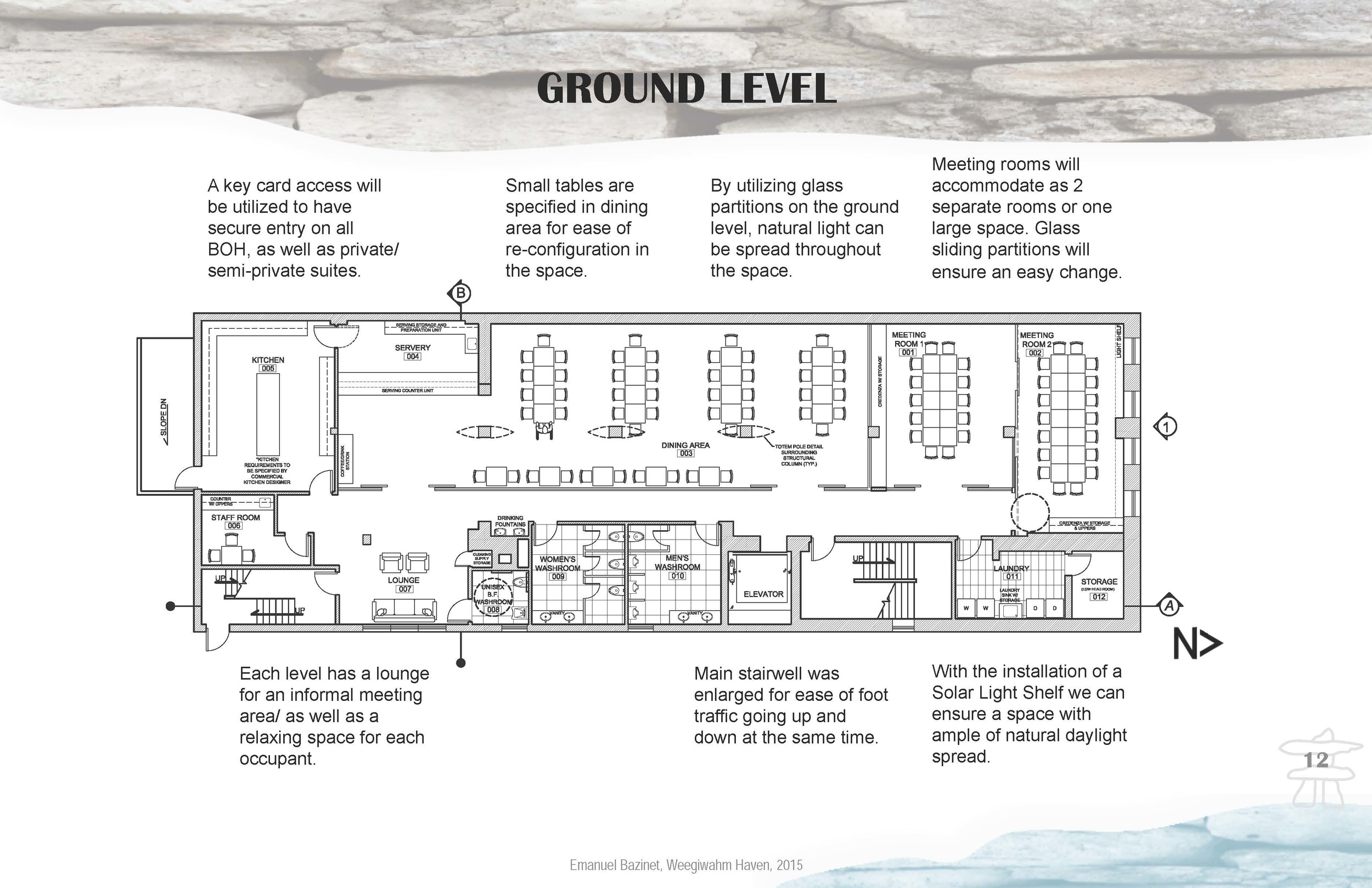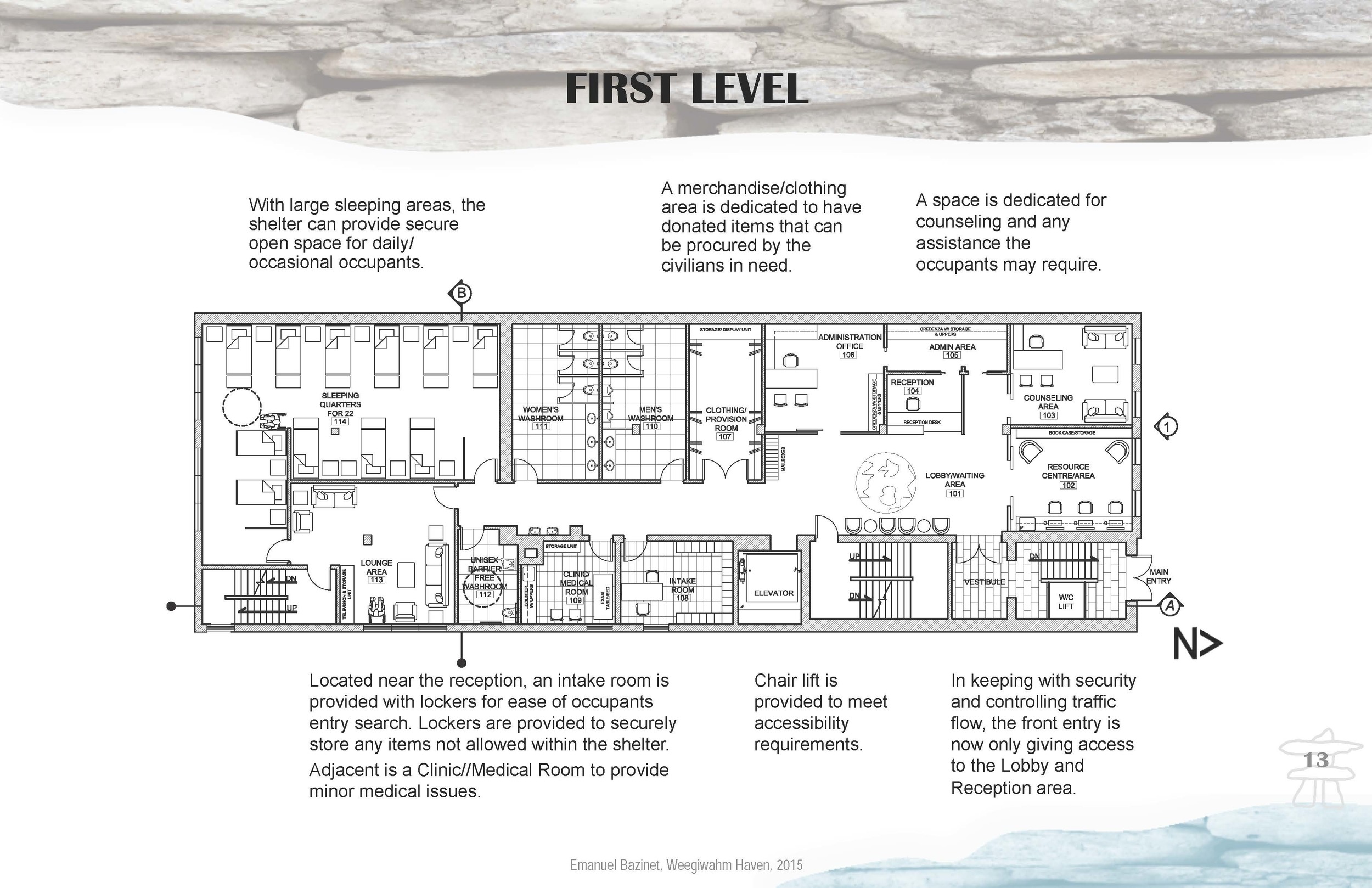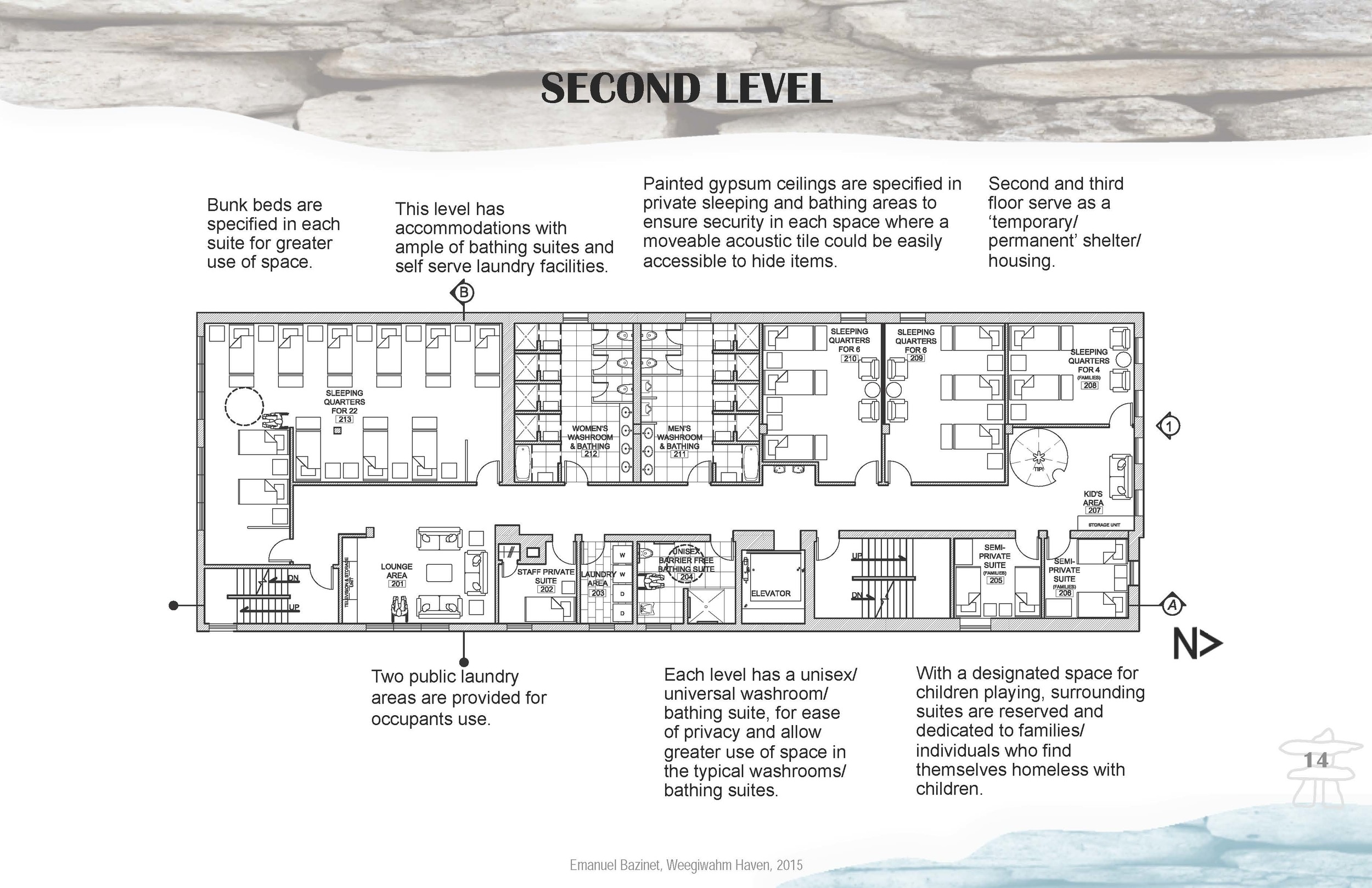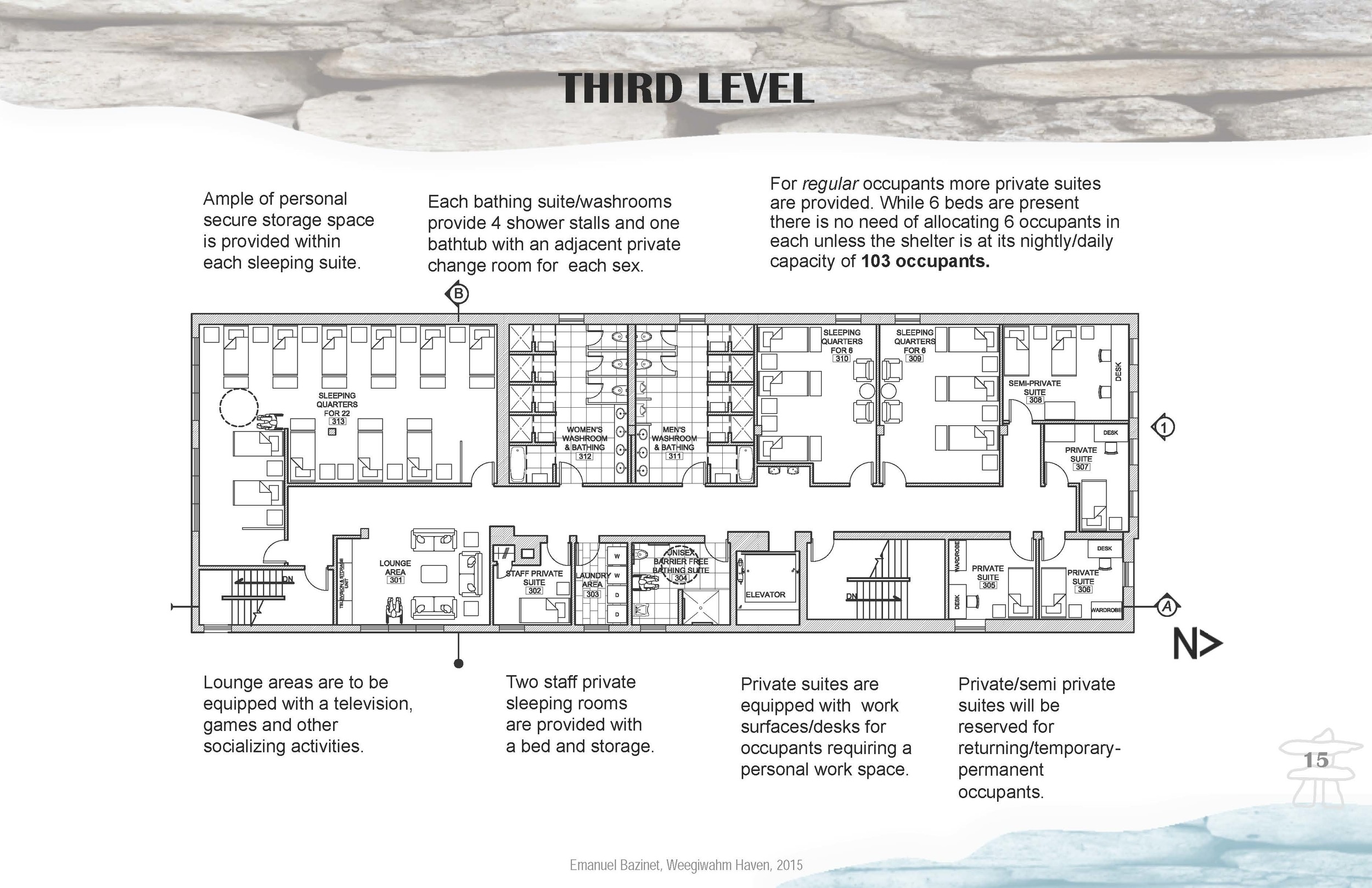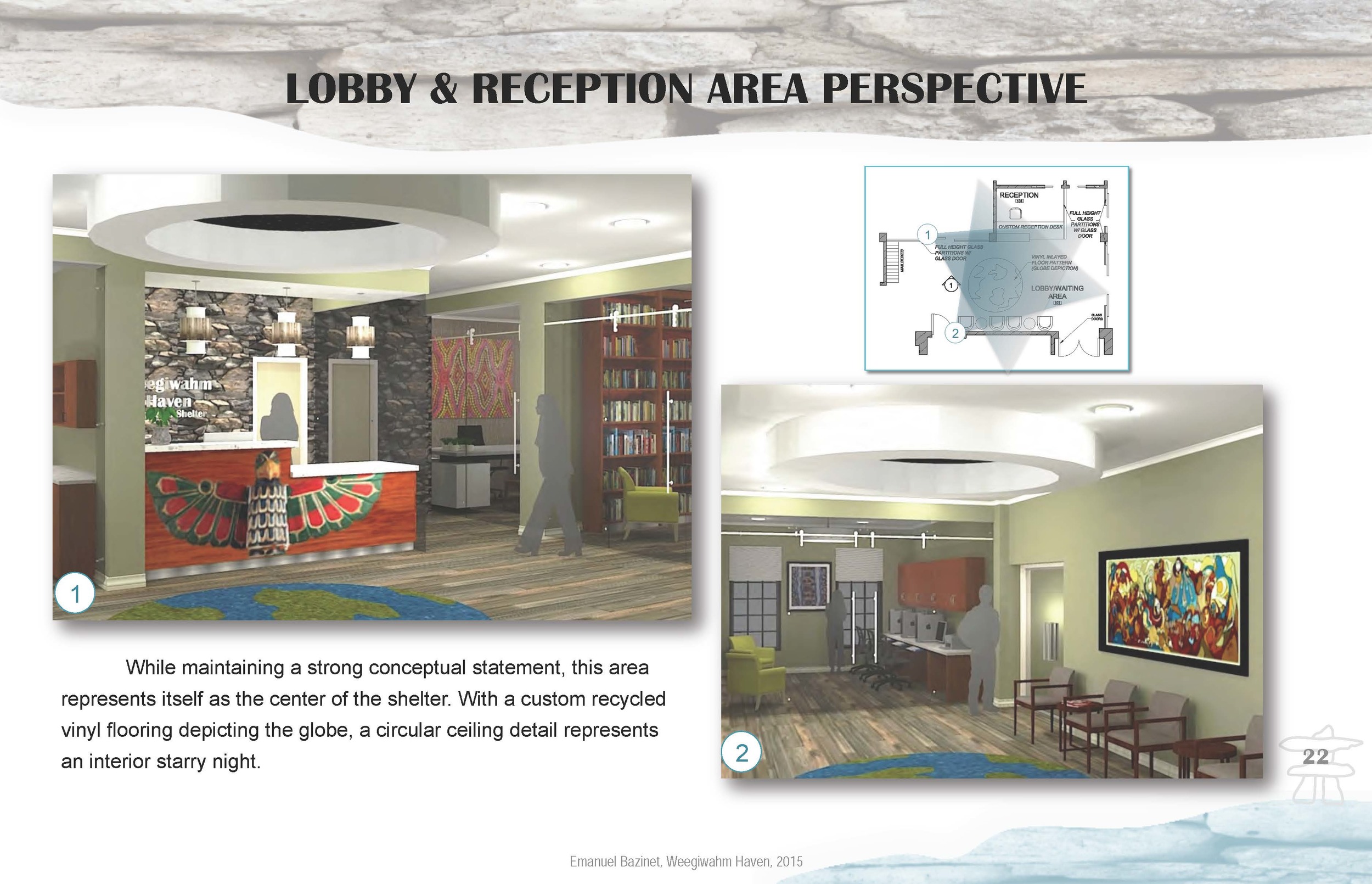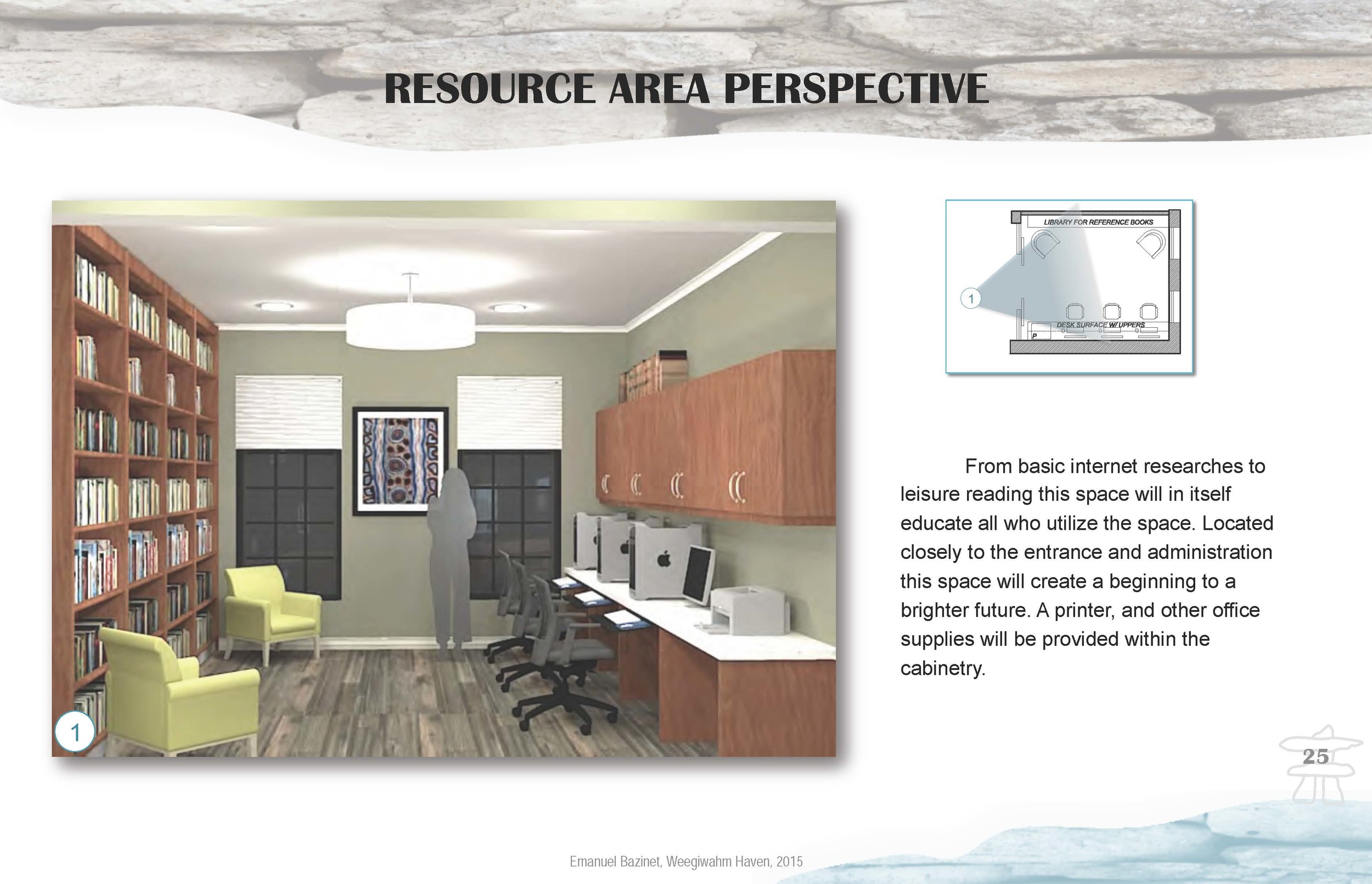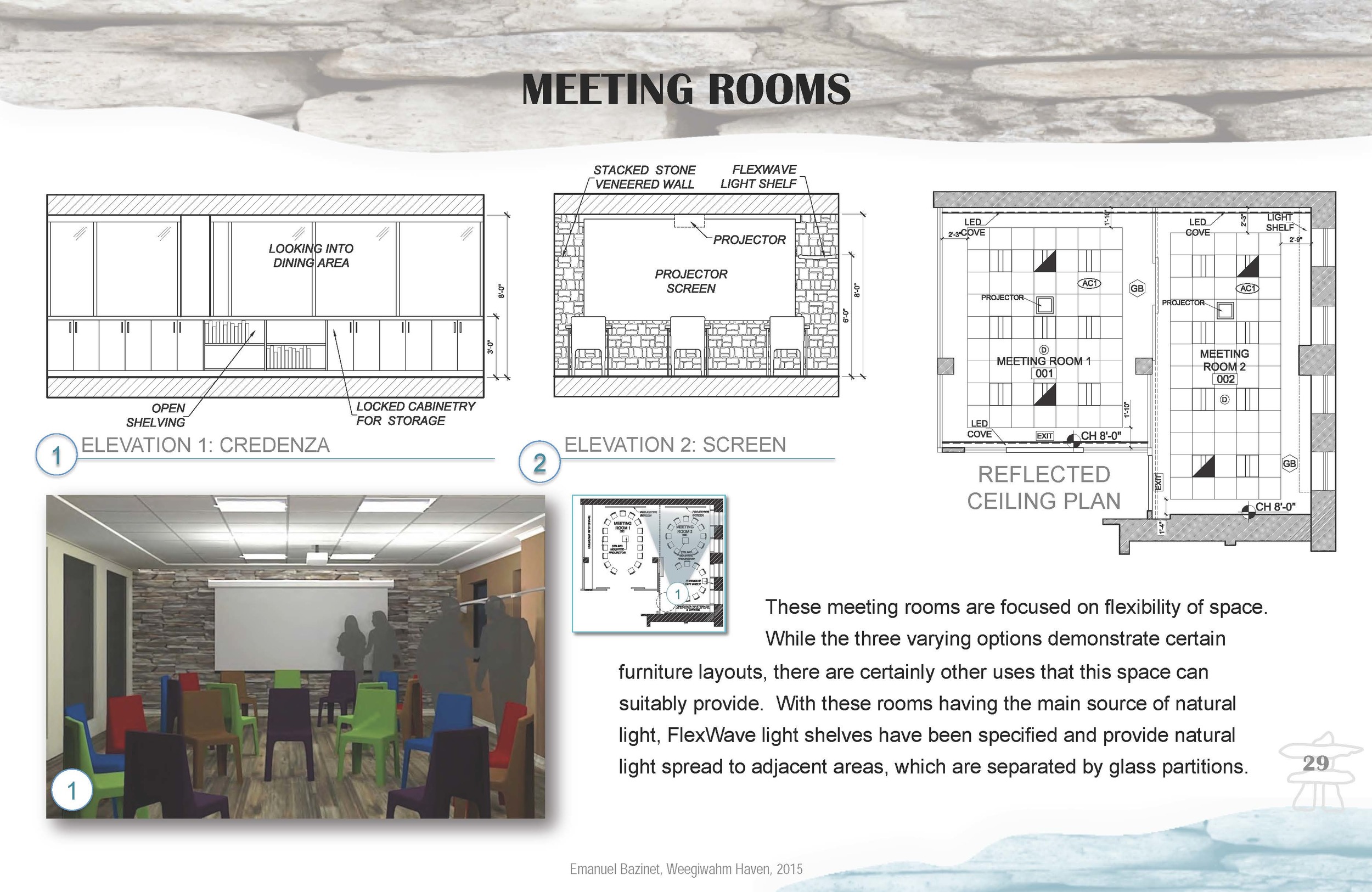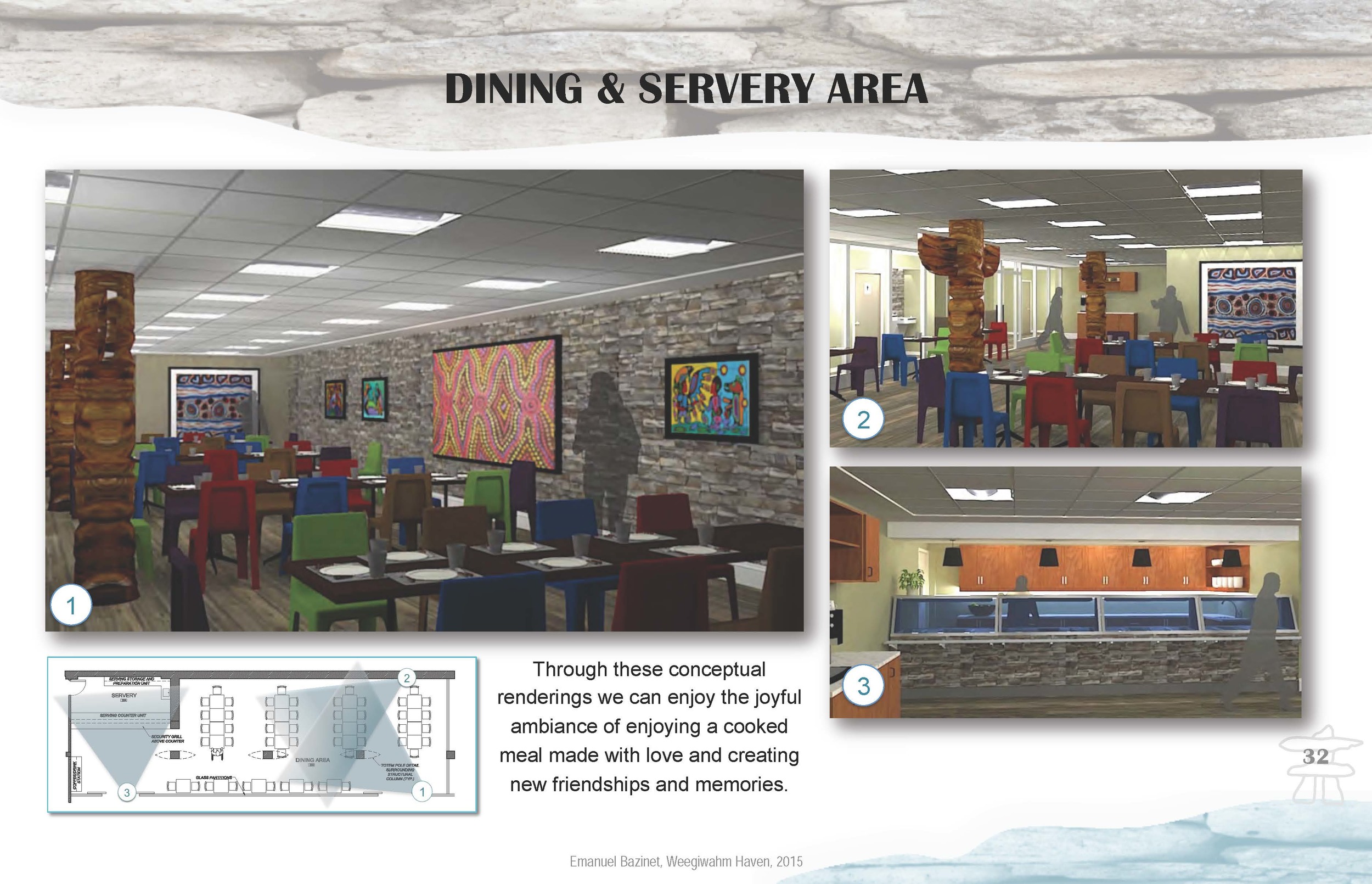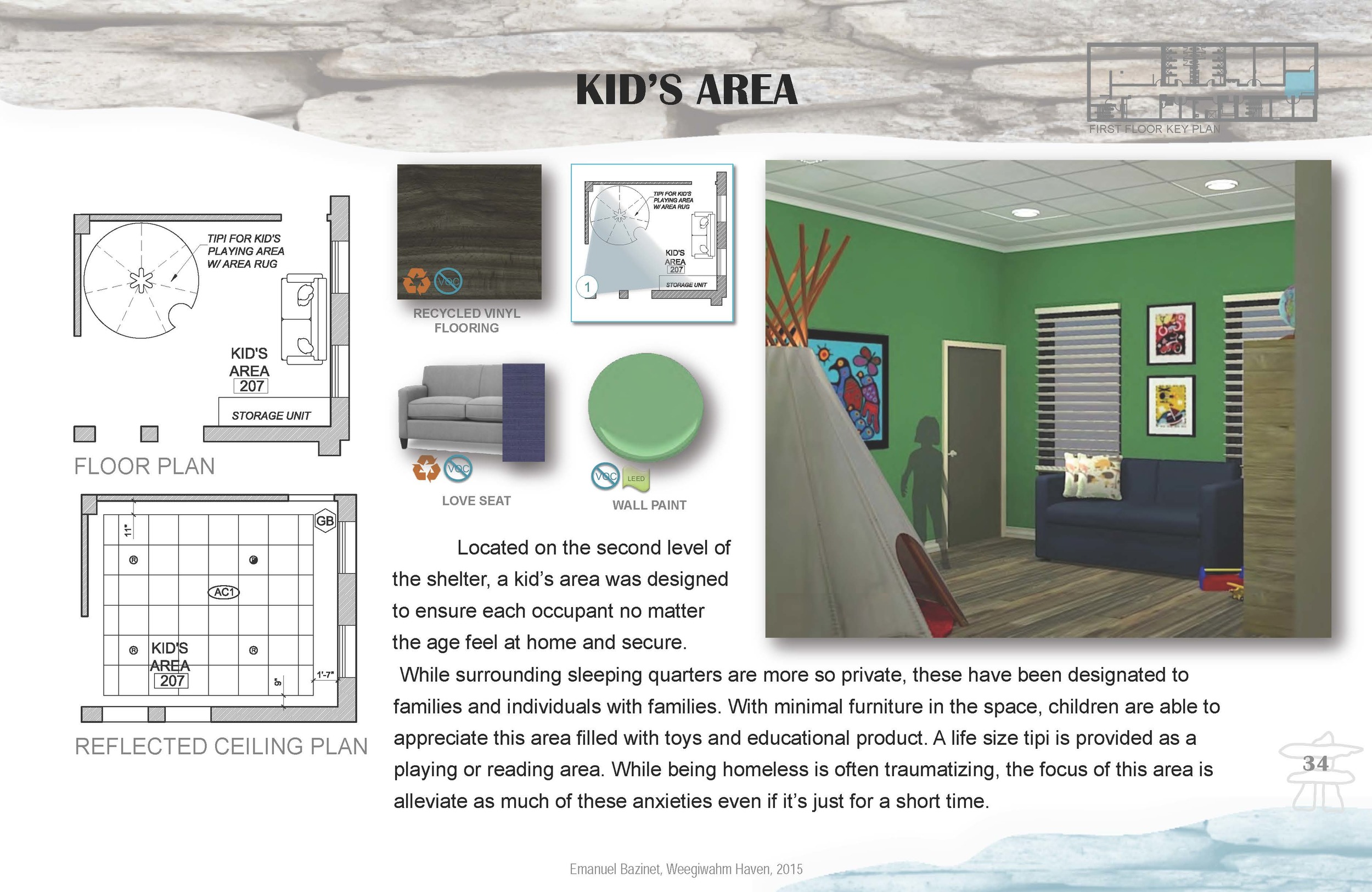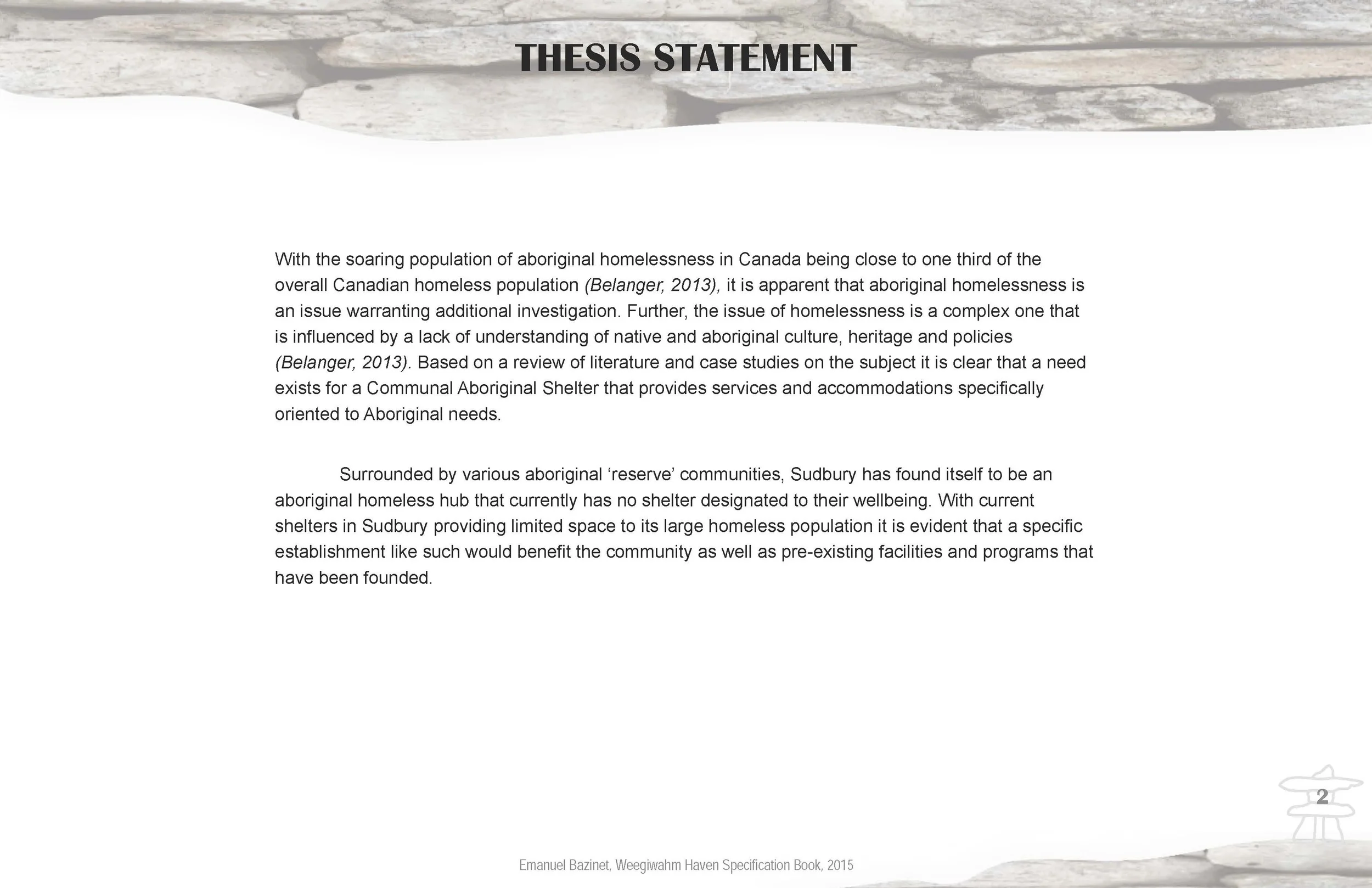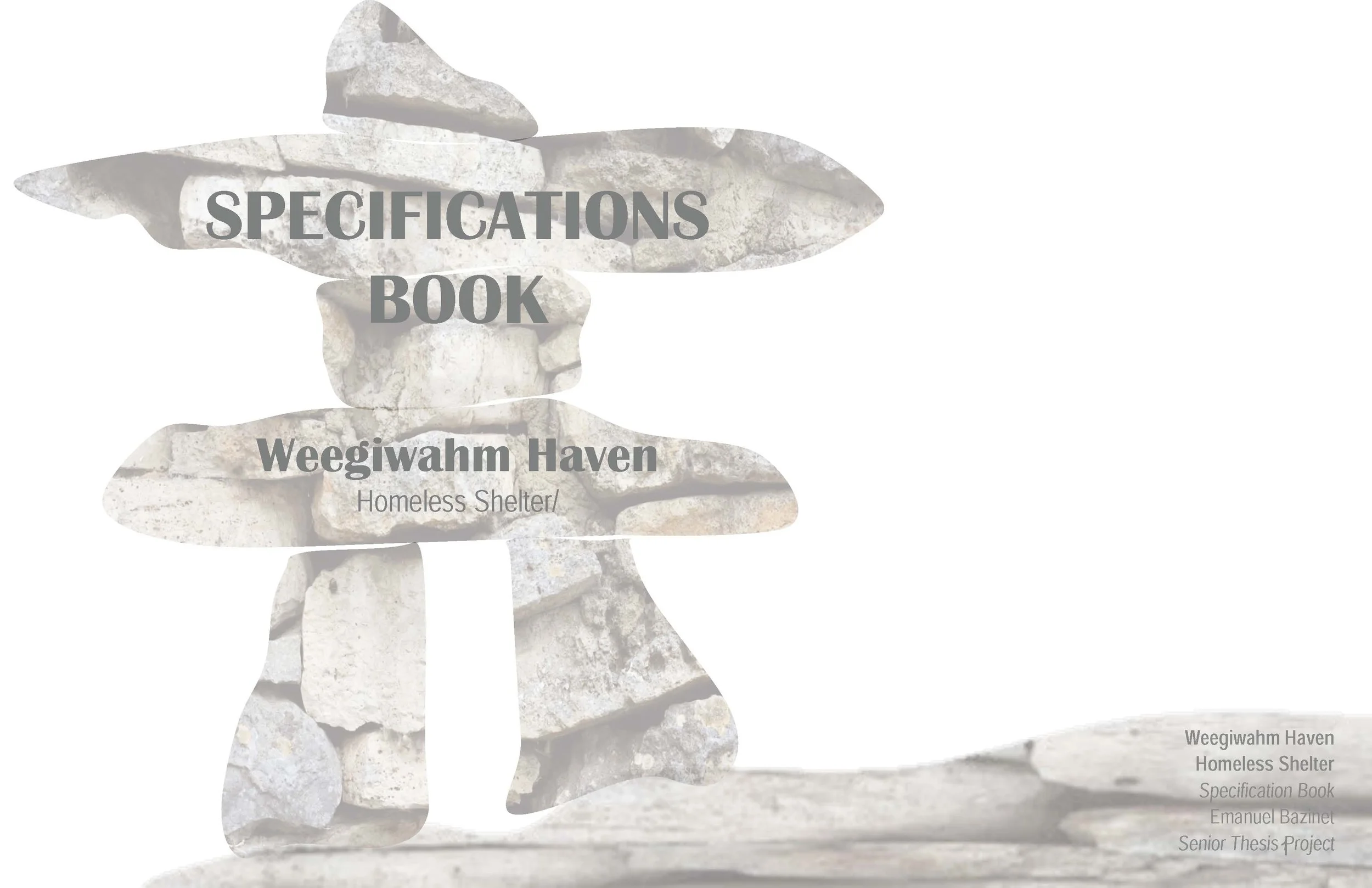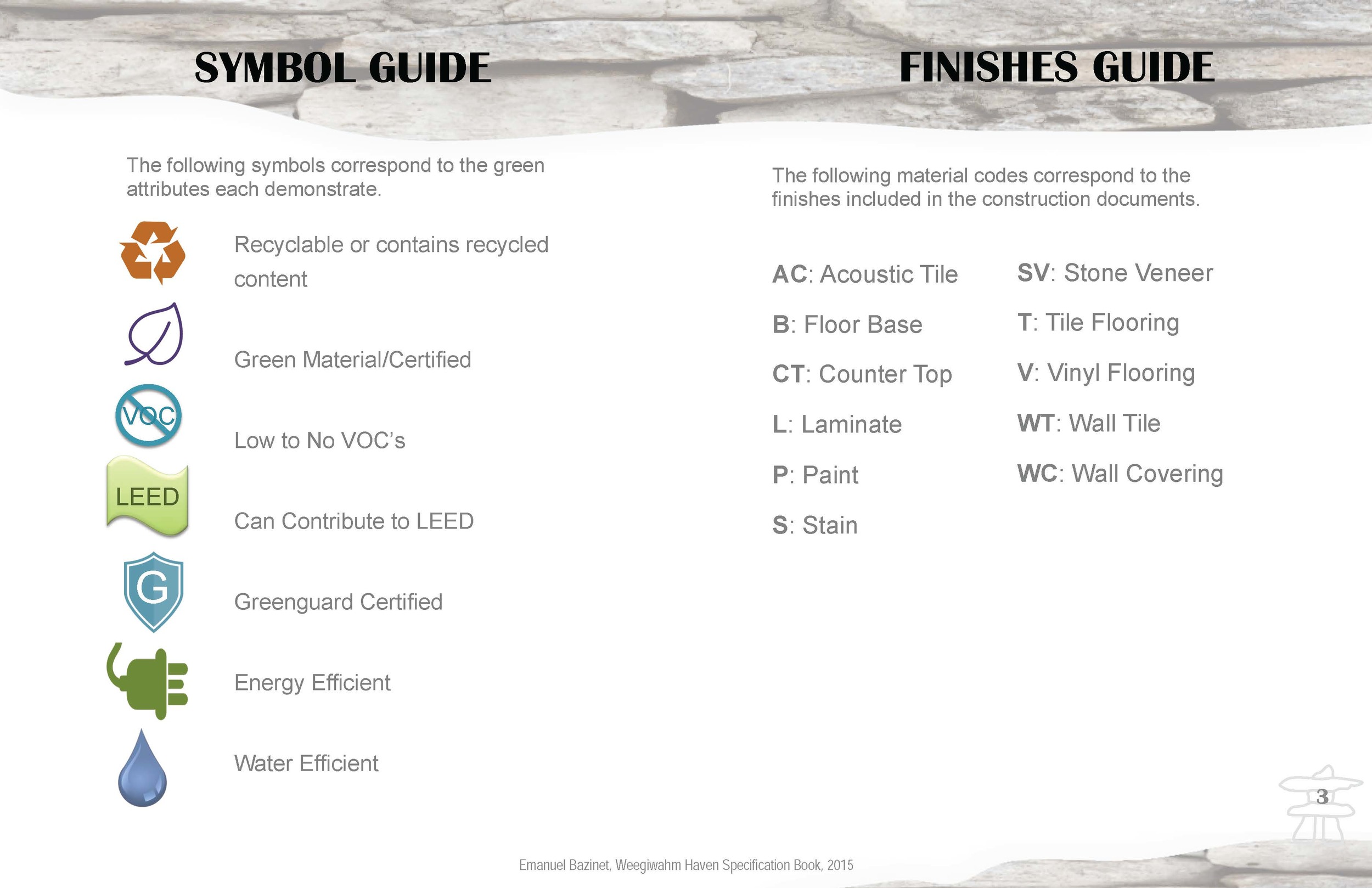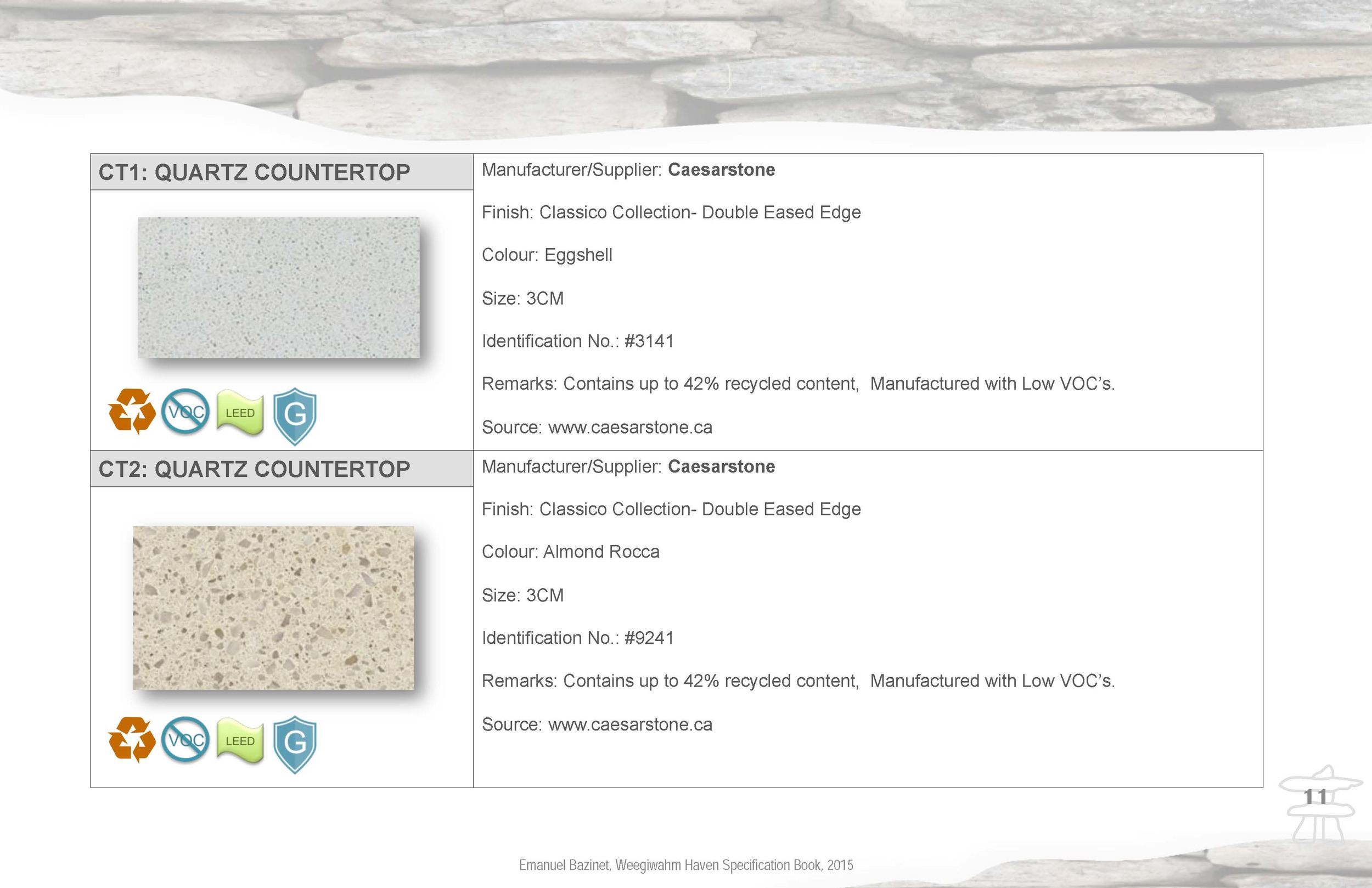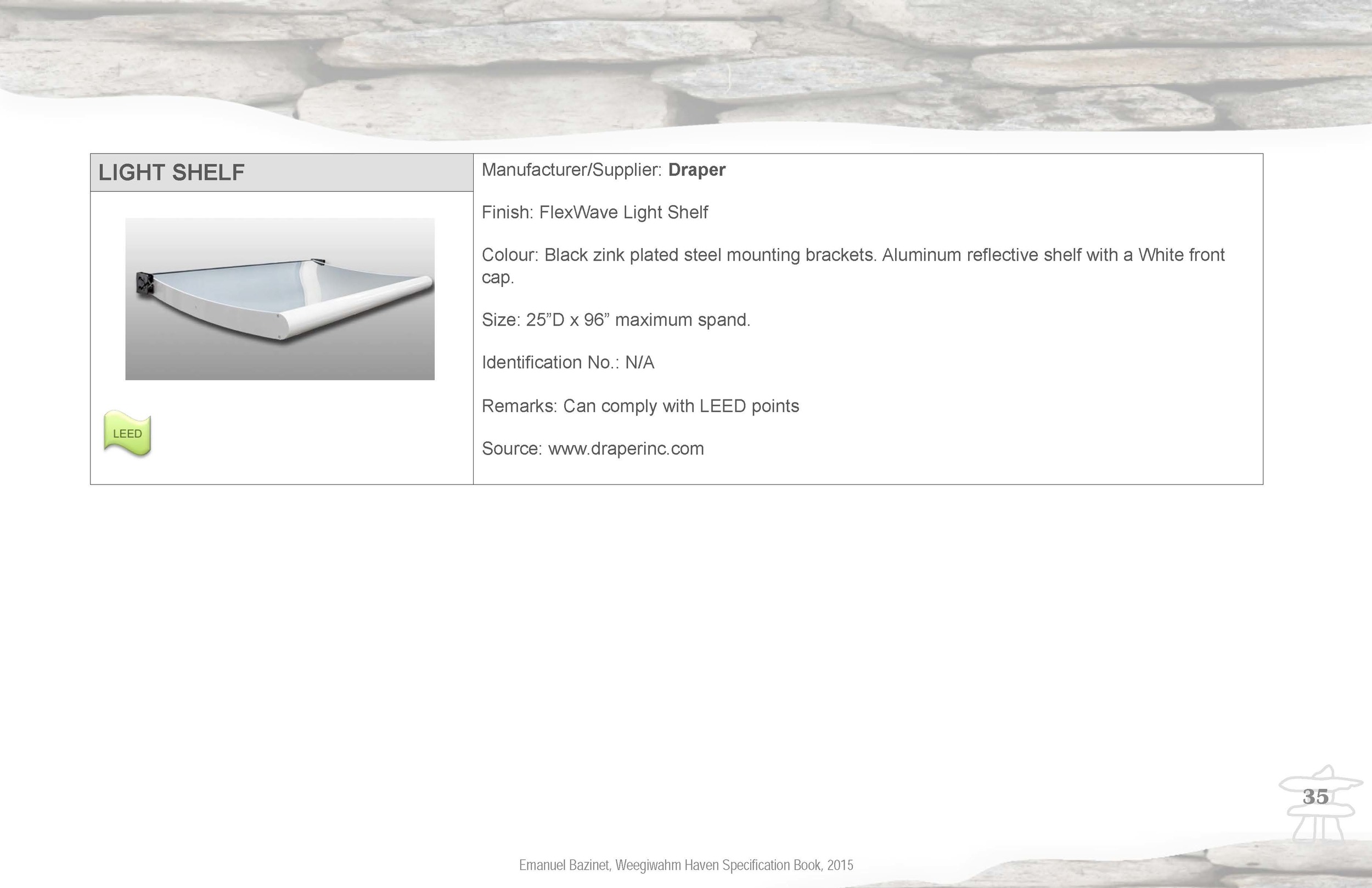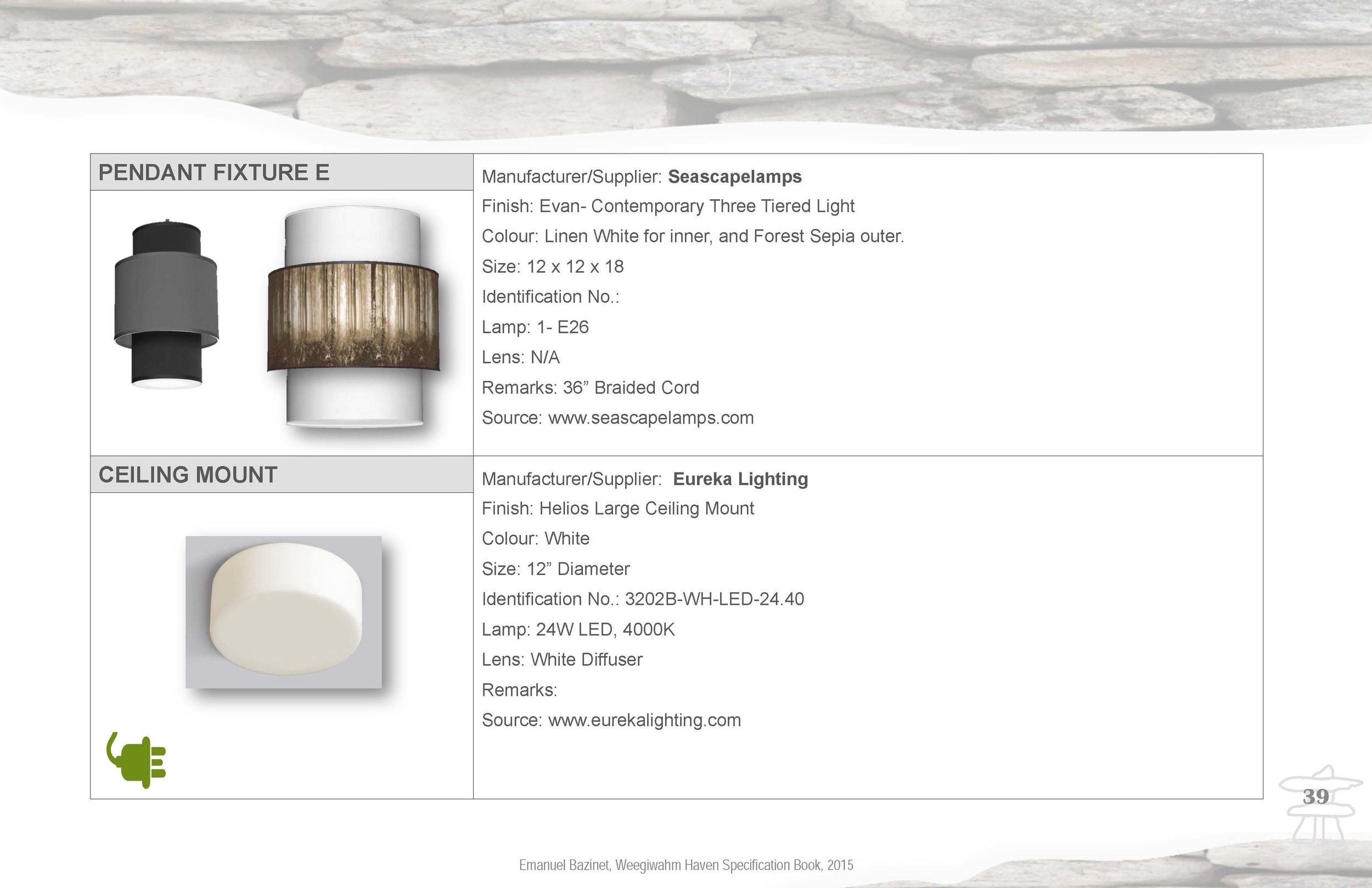THESIS ABSTRACT
With the constantly growing homeless population in our country, it is undoubtedly imperative we require homeless shelters in all communities. Explicitly analyzing Greater Sudbury's Indigenous community, we can identify that this community could benefit from the Weegiwahm Haven Homeless Shelter, which will ensure the safety and well-being of all who find themselves living on the streets. This type of establishment must function 365 days a year and 24 hours a day to ensure the community's diversity is never overlooked. Through multiple literature reviews, case studies, and interviews, information was investigated, especially with the Indigenous community and their powerful and valued life stories in Canada's copious territories. With a dedication to Mother Earth, the indigenous community has demonstrated much appreciation for sustainable design through their rich history. Thus, the historical building, the original Old City Hall, will be an ideal location to provide support for the community at large in Sudbury's downtown core.
DESIGN BRIEF
With this historical structure's overall reconfiguration, the Weegiwahm Haven Homeless Shelter design provides a space to temporarily call home and support this northern homeless population community temporarily. With a specific focus on private versus public areas, the organization offers multiple benefits with its resources and services for temporary shelter of residents while also providing the support necessary for those residents to attain the independence they desire. By incorporating indigenous cultural elements, we can showcase cultural artifacts and references by including architecture in various spaces. With all residents' well-being at its forefront, this shelter demonstrates care for a vast spectrum of citizens who may suffer perpetual or transient homelessness.
- The following images are an excerpt from the Final Design Book; including an excerpt from the project’s specification book.
